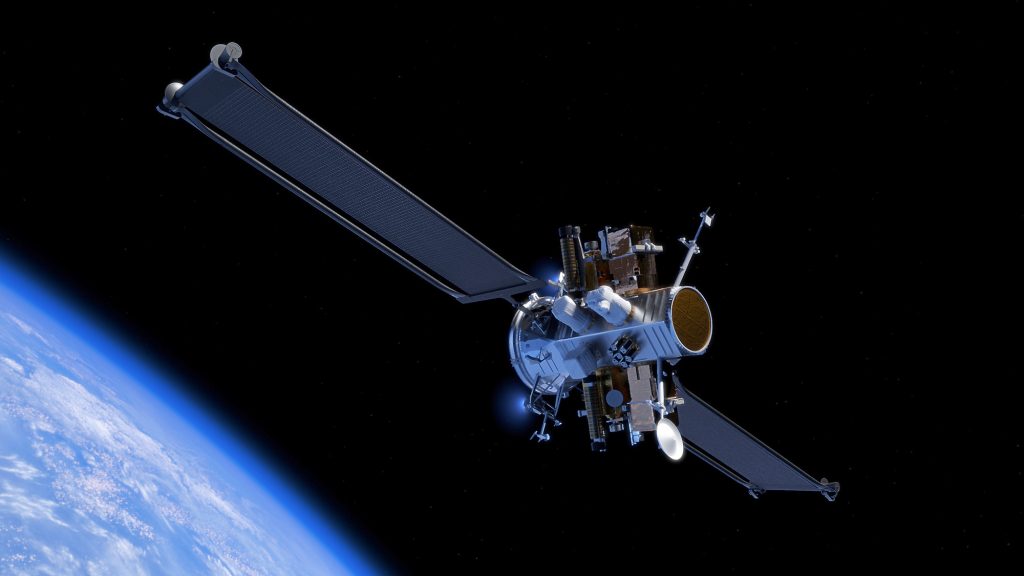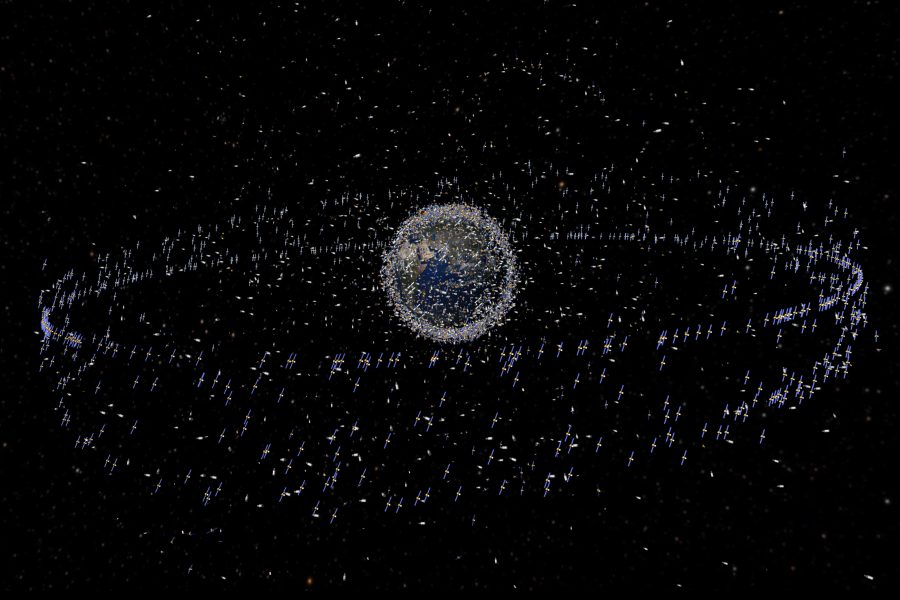U.S. Space Command is interested in orbits around Earth outside the traditional regions where satellites operate, and commander Gen. Stephen N. Whiting sees refuelable spacecraft as a possible key to getting to them.
Not every satellite needs to be refuelable, Whiting adding during a Mitchell Institute for Aerospace Studies event on June 24. But for key missions, having the ability to run away from a threat or get closer to another spacecraft to inspect it will be important, the SPACECOM boss said. Vast regions of space that are relatively unoccupied now but could become important in the future, he noted.
“I want the ability to survey and to get to non-traditional orbits,” Whiting said. “Space is massive, there’s all this volume of places you can go, but we tend to operate in kind of these four areas. One is low-Earth orbit, out to about 800 kilometers, then medium-Earth orbit, where the GPS satellites are, and then Geosynchronous and then some at highly elliptical orbits.”
There are many reasons why governments and businesses gravitate toward those four main orbital regimes, said retired Space Force Col. Charles Galbreath, a senior fellow for space studies at the Mitchell Institute.
“There are some natural conditions we try to avoid,” Galbreath said of space. “ … There’s radiation from the sun and from cosmic sources. There’s micrometeorites, etc. It’s a nasty place. And there are the Van Allen Belts, where there are pockets of additional radiation that is collected, and that can make it difficult to operate in that region for a long period of time.”
However, it is possible to harden satellites against radiation, and as places like low-Earth orbit become more and more congested, new orbits present opportunities. But it may not make sense to position satellites there permanently, Whiting suggested. That’s where the concept of Dynamic Space Operations comes in.
“We want a maneuvering capability that allows us to maneuver through multiple orbital regimes,” he said. “We think that will help limit the opportunity for operational surprise. So it is a mission-by-mission, orbit-by-orbit determination, but absolutely we see certain missions, certain orbits where Dynamic Space Operations, sustained space maneuver makes great sense for the nation.”
Whiting has endorsed the idea of maneuverable satellites before, and the idea has gained traction among Pentagon officials. Right now, satellites minimize movement in orbit as much as possible to conserve fuel. Once they run out, their service life is over.
“It’s time to bring dynamic space operations and on-orbit logistics and infrastructure to the space domain,” Whiting said in April at the annual Space Symposium. “The days of energy-neutral positional operations in space need to end.”
At the time, Whiting added that such a move would open up new tactics and operating concepts for SPACECOM operators. During the Mitchell Institute event, he offered examples of what those could be.
“Imagine now, you’re a singular high-value satellite in geosynchronous orbit, for example, and maybe you’re being targeted by a red capability,” Whiting said. “And what if that red capability can refuel but you can’t. Now it can persistently chase you until you run out of fuel. And that’s not a state you want to be in. You want to be able to continue your mission.”
Being able to maneuver between different orbits could offer several advantages in such a scenario, Galbreath suggested.
“It may be just a transitory activity to get out of the way of a threat that maybe doesn’t have the fuel to follow you, or doesn’t have the radiation hardening to survive in a Van Allen Radiation Belt or something like that,” he said.

Alternatively, should an adversary like Russia or China choose to deploy a satellite to a new orbit, the U.S. needs to have satellites of its own that can inspect the threat, Whiting said.
“There’s a lot of volume of space in there to be surprised, and we want to reduce the opportunity for strategic surprise by being able to surveil and get to those,” he said.
Top military space officials have said space domain awareness is a top priority given the evolving threat, and maneuverability is tied to that mission area, Galbreath suggested.
“If we improve the maneuverability of our space domain awareness assets, we’ll be able to observe different regions of space and different activities going on in space, so it can help us improve domain awareness,” said Galbreath. “But on the other side, moving from a sort of energy-neutral position where you’re following Keplerian orbits and you’re very predictable, that reduces the requirements on domain awareness. Moving to a dynamic space operation … makes it much harder to know where you’re going based off of where you’re observed right now. And so that can complicate an adversary’s space domain awareness. And if they’re doing it to us, it could complicate ours.”
Of course, maneuvering, refuelable satellites may not be the answer in every scenario, Whiting and Galbreath both noted. A proliferated constellation in low-Earth orbit, for example, puts up new satellites with such short service lives that refueling wouldn’t be worth the effort. But generally speaking, maneuvering satellites could take the U.S. out of “positional warfare” in space, Whiting said.
“From a warfighting perspective, having the ability to maneuver is a valid requirement today,” Galbreath added. “It’s an unmet requirement by and large, but it is still a requirement that would help [SPACECOM] immediately. And so as soon as services, particularly the Space Force and industry, can demonstrate some means to increase the maneuver capability of satellites, the better for Space Command.”
